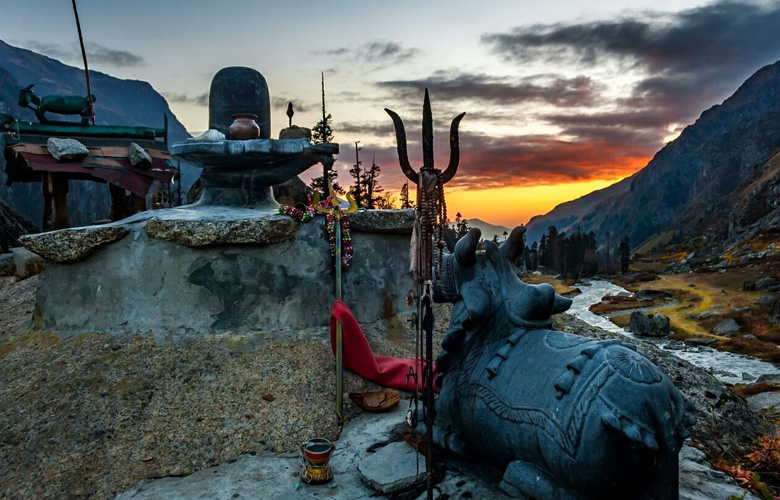
Har Ki Dun Trek Yatra Tour Package
The Har Ki Dun trek is a popular trekking route located in the Garhwal region of Uttarakhand, India. It is known for its scenic beauty, rich biodiversity, and captivating views of the Himalayan peaks. The trek takes you to the picturesque Har Ki Dun Valley, which is believed to be the legendary Swargarohini, a place from the Hindu epic Mahabharata.
Har Ki Dun, also known as the Valley of Gods, is a picturesque valley located in the Garhwal region of Uttarakhand, India. It is a popular trekking destination due to its stunning natural beauty, rich cultural heritage, and the opportunity to witness the majestic Himalayan peaks.
Trek Duration: The duration of the Har Ki Dun trek is typically around 6-7 days, depending on the itinerary and pace of the trek.
Trek Difficulty: The trek is considered to be of moderate difficulty, suitable for both beginners and experienced trekkers. The trail involves ascending and descending through forests, meadows, and rocky terrain.
Best Time to Trek: The best time to undertake the Har Ki Dun trek is usually from April to June and September to November. During these months, the weather is pleasant, and the trail offers lush greenery, blooming flowers, and clear views of the surrounding peaks.
Geographical Features: Har Ki Dun is nestled at an altitude of approximately 3,566 meters (11,713 feet) above sea level. The valley is surrounded by snow-capped mountain peaks, including Swargarohini, Bandarpoonch, and Black Peak. The trek takes you through dense forests of pine, oak, and deodar trees, alpine meadows, charming streams, and picturesque villages.
Cultural Significance: Har Ki Dun holds cultural significance in Hindu mythology. It is believed to be the path that the Pandavas from the Mahabharata took to ascend to heaven (Swargarohini). The locals also believe that the valley is home to the deities and is considered sacred.
Accommodation: Basic accommodation options are available in the villages along the trekking route. Trekkers often stay in tents or guesthouses provided by local villagers. It is advisable to carry your own sleeping bag and camping equipment if you prefer camping.
Permits and Guides: Permits are required for the trek, and they can be obtained from the Forest Department or local authorities. Hiring a local guide is recommended for navigation, safety, and to gain insights into the local culture and traditions.
